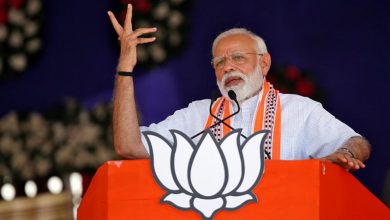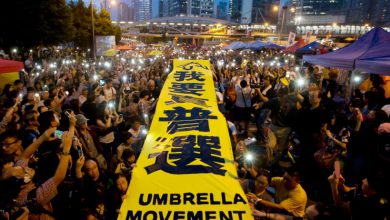Asia and OceaniaOngoing
The Kashmir Dispute: Part 2
The ongoing Kashmir conflict has cost the region hundreds of thousands of lives since its inception in 1947. Why is it still ongoing? Part 2
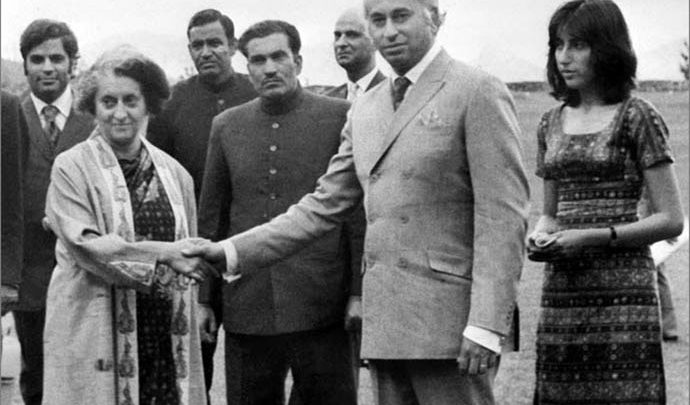
1957 marked the year that Kashmir officially incorporated into the Indian Union, where a special status was granted assuring that non-Kashmiri Indians could not buy property in the area under article 370 of the country’s constitution. This assured that the religious and cultural divide over the territory remained largely, in tact.
Fighting continued over the next years, with a sharp spike in 1965. Another ceasefire in September of that year was quickly established. The ruling Prime Minister if India at the time, Lal Bhadur Shastri, signed “The Tashkent Agreement” on January 1st, 1966 alongside Pakistan’s President M Ayub Khan. This resolve to end the ongoing dispute came to an abrupt halt, as the rise of Gen Yaha Khan in Pakistan resulted in an inevitable stalemate.
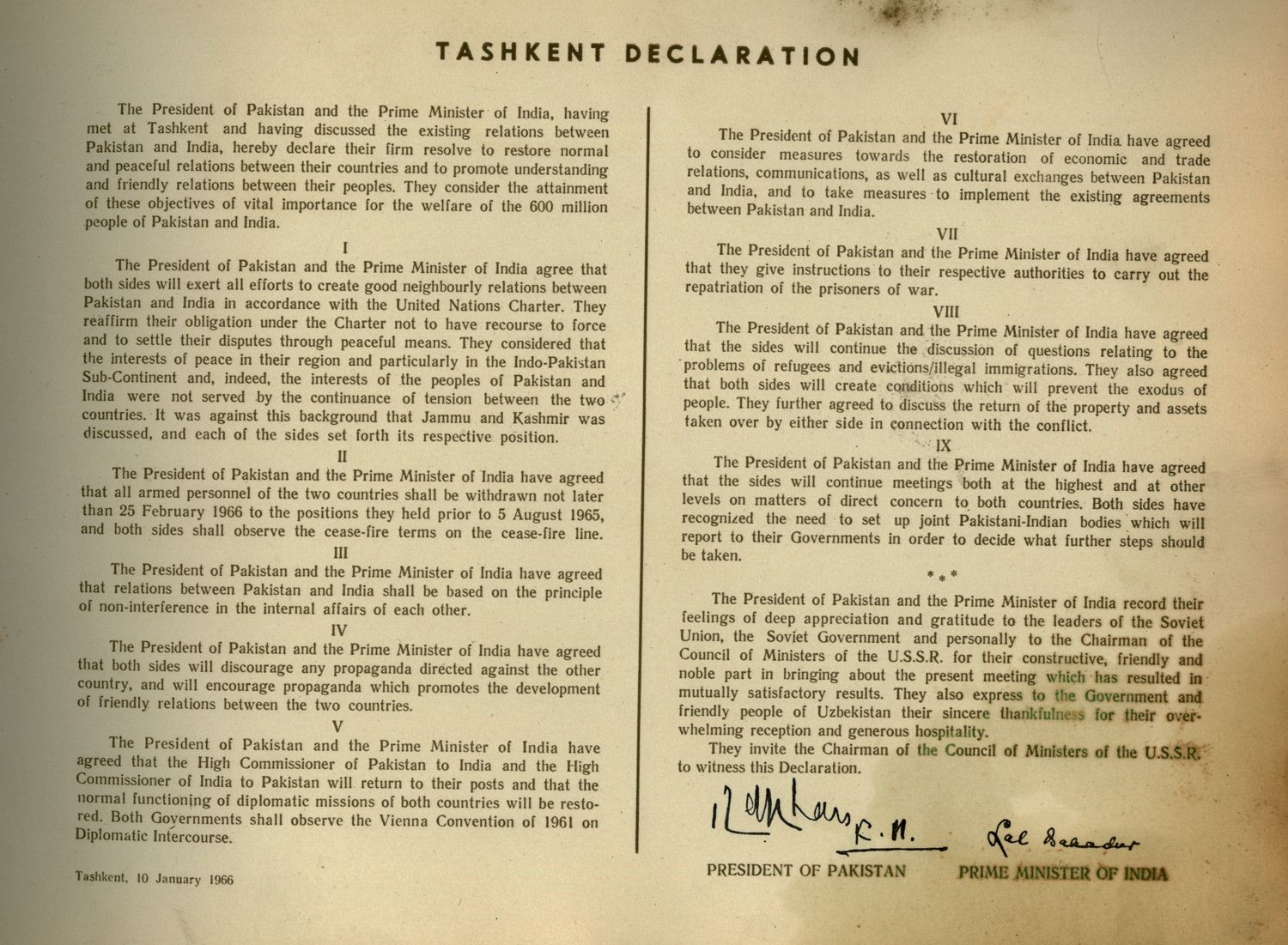
A third war, taking place in 1971, resulted in the formation of an independent nation dubbed Bangladesh (formerly called East Pakistan). In March of 1971, a war broke out, leaving India with approximately 1 million refugees. In December, India declared war after Pakistani war planes struck Indian airfields in the Western region of the country.
In mid-December, the Indian army invaded Dhaka, where the Pakistanis ultimately surrendered. Indians were able to blockade the city of Karachi, a vital port and trade route. Indian forced reached 50km into Pakistan when the two sides came to a ceasefire.
Indira Gandhi, the Indian Prime Minister in 1972, alongside Pakistan’s Zulfikar Ali Bhutto, signed the “Simla Agreement,” which primarily reinforced the previous promises made in Tashkent. Both countries agreed to a peaceful resolution of their differences, as they were each dealing with their own respective domestic issues.
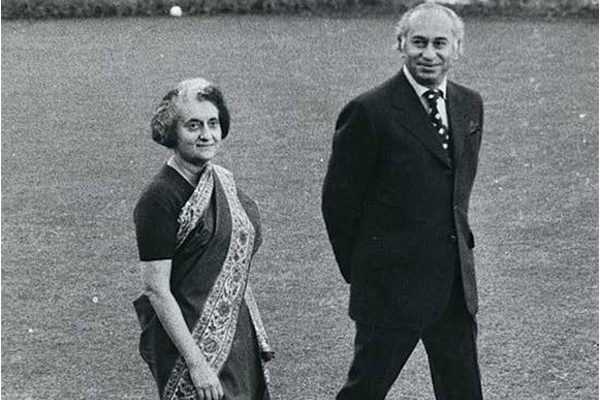
Ali Bhutto was overthrown and hanged in 1977, and Indira Gahndi was defeated in the 1978 general elections. The fate of the balance of power for Kashmir had slightly shifted in Pakistan’s favor by the latter portion of the 1980’s, as Indian support had been declining since its peak in the years of 1947 and 1965. Gahndi’s attempts to install various puppet governments and manipulations of democratic processes pushed the people’s sentiment away from India.
Generally, the status quo was upheld up until 1989, when separationists and pro-Pakistani guerilla militants struck the Indo-Kashmir valley. These groups established mass waves of terror, driving the majority of Hindus out of the region, before the Indian army moved to remove the fighters, while troops from both Pakistan and India continued to exchange fire at the official border.
Instead of going to the UN as it had in 1948, by the 90’s, the country maintained the Simla agreement as their defense and refused any UN intervention or outside mediation.
Both nations tested their own nuclear devices in May of 1998, and in 1999, test-fired missiles in a supposed attempt to perfect their delivery systems. Although Pakistan claimed that their nuclear systems were all domestic, India seized components for the program that were being shipped from North Korea.
Graphics courtesy of Google Images


